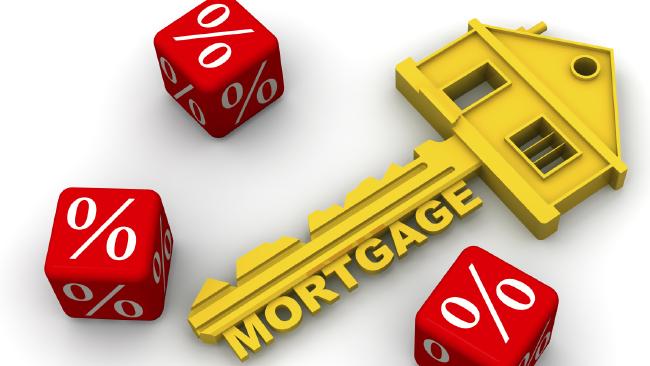Australian Housing Investors. AUSTRALIAN property investors are set to storm back into the market after APRA announced it would scrap its cap on investor loan growth.
PROPERTY investors are set to get some relief after the Australian Prudential Regulation Authority (APRA) announced it will scrap its housing investor loan cap.
The limit of investor lending growth to no more than 10 per cent was imposed in 2014 in order to cool the Sydney and Melbourne housing markets.
Now, believing the job has been done, APRA will discontinue the cap as of 1 July, 2018, as announced in a letter by APRA chairman Wayne Byres.
- APRA has announced it will remove the 10% annual cap on investor housing credit growth for some lenders.
- It expects ADIs to develop internal limits on lending at very high debt-to-income levels, and policy limits on maximum debt-to-income levels for individual borrowers.
- Restrictions on interest-only mortgage lending introduced in March last year will also remain in place.
“There has been a clear reduction in higher risk lending, with investor loan growth moderating, interest-only lending declining and high loan-to-valuation lending also markedly lower,” Mr Byres said.
“There have also been improvements in lending policies, increasing the rigour of serviceability assessments for new borrowers. Accompanying this, there has been an uplift in capital resilience, as the industry makes progress towards the ‘unquestionably strong’ targets announced by APRA in mid-2017.”
The Australian Prudential Regulation Authority (APRA) has announced that it’s 10% annual cap on investor housing credit growth, introduced in December 2014, is no longer required given an improvement in lending standards over the past few years.
“In recent years, authorised deposit-taking institutions (ADIs) have taken steps to improve the quality of lending, raise standards and increase capital resilience,” APRA said in a statement released this morning.
Wayne Byres, APRA Chairman, said the announcement reflects improvements that ADIs have made to lending standards.
“The temporary benchmark on investor loan growth has served its purpose,” he said. “Lending growth has moderated, standards have been lifted and oversight has improved.”
According to data released by the Reserve Bank of Australia (RBA), annual growth in investor housing credit stood at just 2.8% in February, down from 10.8% shortly after the 10% limit was introduced.
However, Byres cautioned that the current environment remains one of heightened risk, noting that there are still some practices that need to be further strengthened.
In order for the 10% annual cap to be removed, APRA said individual lenders had to show that lending has been below the investor loan growth benchmark for at least the past 6 months. It also said that lending policies need to meet APRA’s guidance on serviceability with lending practices “strengthened where necessary”.
For those ADIs that do not meet the APRA guidelines, it said the investor loan growth benchmark will continue to apply.
However, fitting with the view that some lending practices still need to be strengthened further, APRA said that it expects lenders to develop internal portfolio limits on the proportion of new lending at very high debt-to-income levels, and policy limits on maximum debt-to-income levels for individual borrowers.
“Already, we’ve seen lenders begin to take the knife to investor home loan rates as well as loosen up lending requirements over the last few months. APRA’s decision is likely to intensify this competition between the banks for a healthy investor loans book. The result is the gap between owner occupiers and investor rates especially for principal and interest borrowers is likely to get smaller and smaller.”
Mozo found 26 lenders had already cut rates for investors on principal and interest loans in 2018.
The news is not so good for first home buyers, whose main competition comes from investors at the more affordable end of the market, but the added competition is likely to put a stop to predicted price falls in parts of Sydney and Melbourne this year.
House prices are on the rise. Find out the value of your property now.
Get a free online property report from Hicks Real Estate. It takes seconds.






